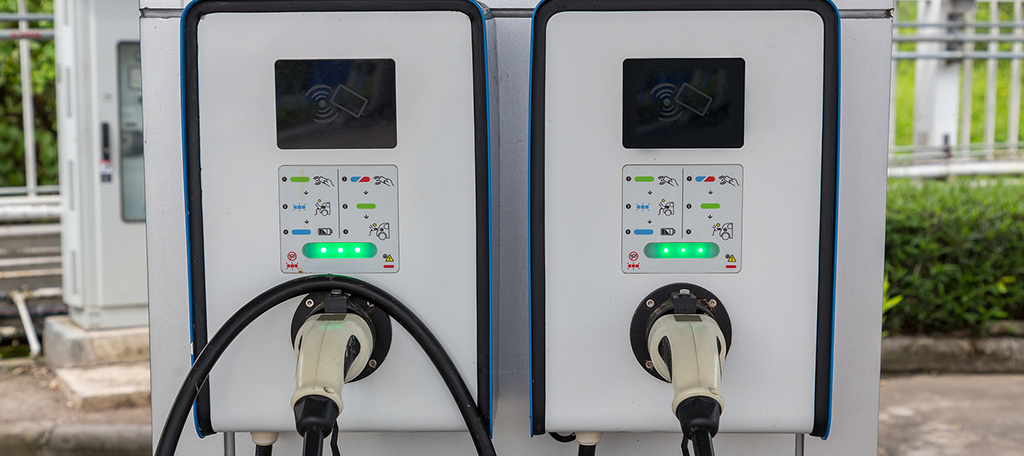Governor Gavin Newsom of California announced a new executive order that will require all new trucks and passenger cars to be zero-emission vehicles by 2035. Thus, making California the first state in the United States to prohibit fossil fuel car sales.
Fossil-fuel vehicles are currently the largest source of emissions in California, which come out to a whopping 41% of the state’s total emissions. And as the state continues to increase its renewable energy capacity, transportation remains a problem.
However. will this be enough to make a difference?
It Doesn’t Prevent Out of State Sales
As you might have guessed, there is no way for the State of California to prevent its residents from buying a car in a neighboring state. And since the average price of electric vehicles is 30% higher, this may become more common.
A statewide ban on fossil fuel cars is unlikely to have the effect the state wants. After all, you can still drive your old car around.
To have a real impact on the transportation industry, this needs to be a countrywide policy. If not, residents can simply take a road trip to a neighboring state. It really is that easy.
There Will be an Effect
Regardless of that workaround, California has been selling around 2 million new cars each year. As a result, there will certainly be an impact from this change.
And by 2035, there is a good chance that the price of electric vehicles will be far more competitive than they’re in 2020, especially when more are being made.
The only issue is the infrastructure of California or any state for that matter.
More Charge Stations Needed

The biggest issue in expanding an electric car fleet is the lack of charge stations. In most places, you can’t go more than a few miles without seeing a gas station.
But that can’t be said for charge stations. Unless the infrastructure is built up to support and expanded electric car fleet, this change may be more detrimental than helpful.
However, 15 years is plenty of time to prepare for zero-emission vehicles.


